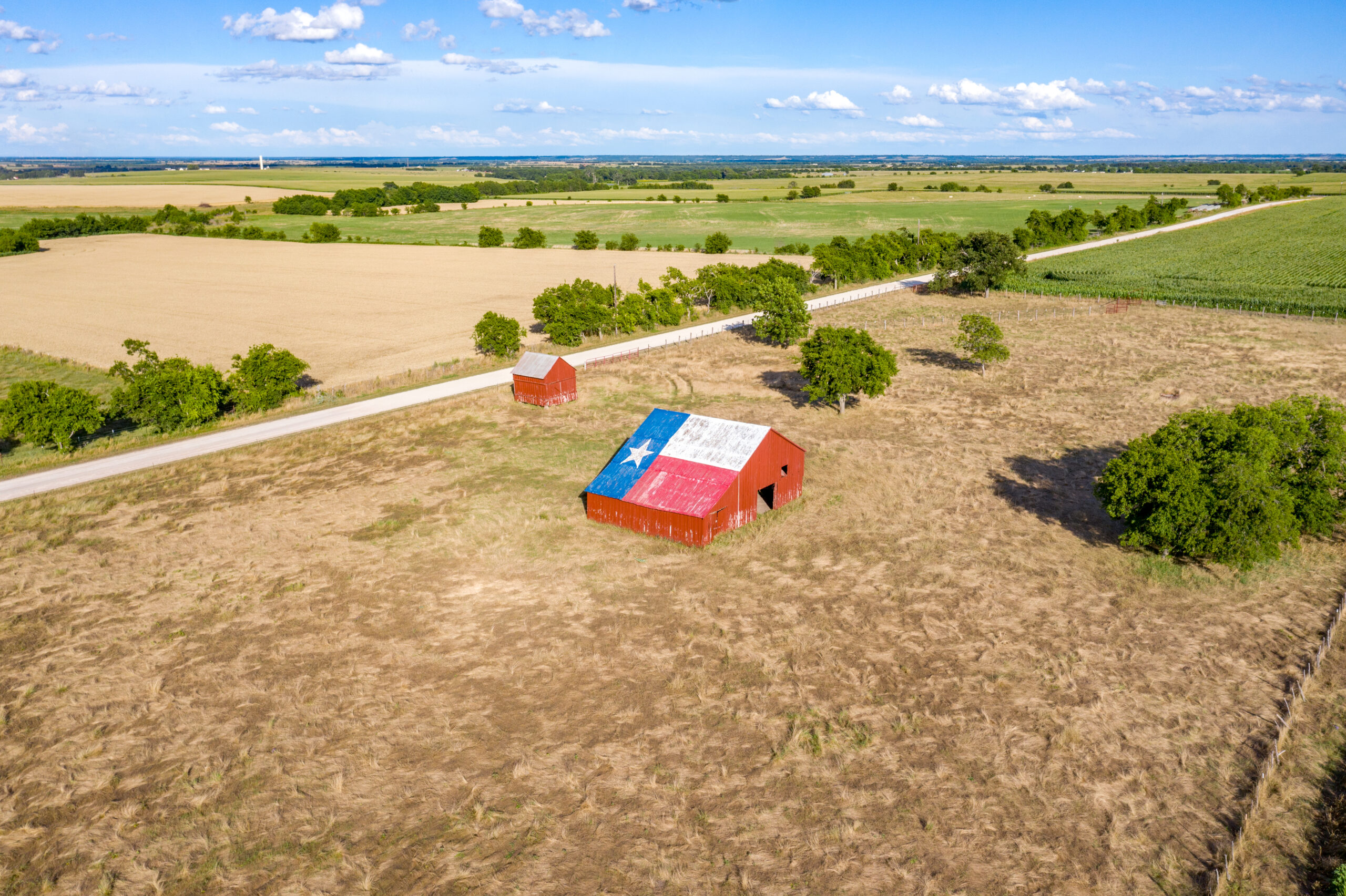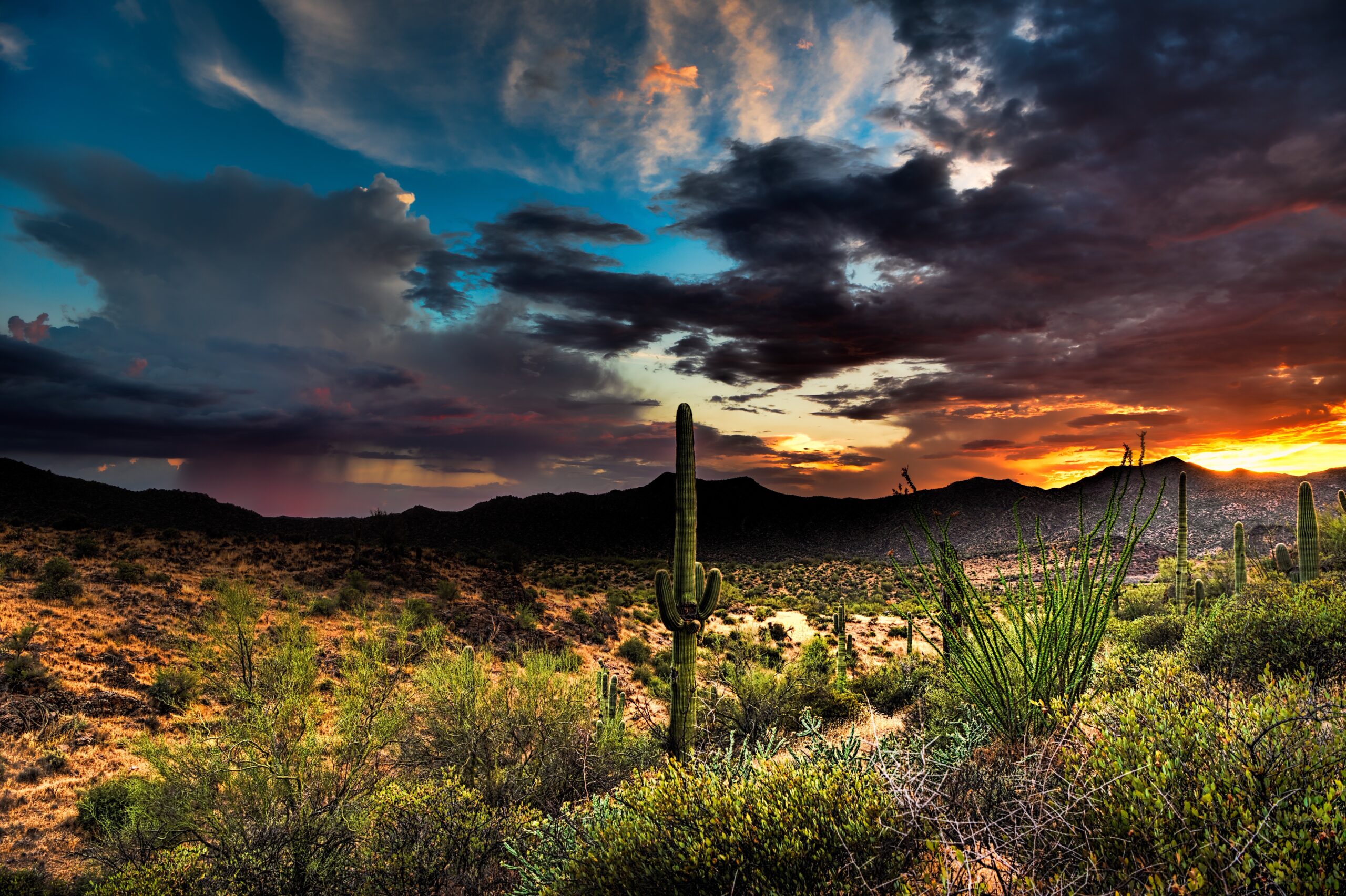Rainwater harvesting is legal in all 50 states, yet the rules surrounding it vary dramatically.
While some states encourage it with tax incentives, others impose strict regulations for potable use, making adoption complex. This article examines the regulatory landscape, highlighting which states are leading the way and which are lagging behind.
As water supply challenges grow across the U.S., rainwater harvesting has gained attention as a practical solution for reducing reliance on municipal water and managing water availability more efficiently. However, regulations differ widely between states, creating a patchwork of laws that can either support or hinder adoption.
A Confusing Landscape for Homeowners and Businesses
For homeowners, businesses, and policymakers, navigating these varying regulations can be challenging. Some states actively promote rainwater harvesting with tax incentives and streamlined permitting, while others impose restrictions or offer little guidance, leaving many unsure about legality and feasibility.

The Bigger Question: Water Rights and State Policy
This state-by-state divide raises important questions about:
Water rights and how rainfall should be collected and used
The role of private water management in reducing pressure on public supplies
The need for clearer and more consistent regulations to encourage responsible water use
With water demand increasing and supply pressures growing, it is important to understand how different states approach rainwater harvesting and how regulations may evolve.
How Rainwater Harvesting Laws Differ by State
The U.S. regulatory landscape for rainwater harvesting is highly varied, with some states taking a proactive approach while others remain restrictive or unclear.

Texas: A National Leader
Texas has embraced rainwater harvesting and encourages its use through:
✔ Sales tax exemptions for rainwater harvesting equipment
✔ Property tax exemptions for systems that increase home value
✔ Legislation preventing homeowners’ associations from banning rainwater harvesting
✔ Requirements for new state buildings to incorporate rainwater harvesting technology

California: Regulated but Supported
California allows rainwater harvesting but has specific regulations in place:
✔ Oversight by the Division of Water Rights, ensuring compliance with state laws
✔ Licensing requirements for professionals installing rainwater harvesting systems
✔ Local incentives and rebates available in many counties
✔ Legislation streamlining permitting for small-scale residential systems

Colorado: From Restriction to Limited Acceptance
Colorado’s approach to rainwater harvesting has evolved:
❌ Historically banned due to concerns over downstream water rights
✔ Recent legislation now allows limited residential rainwater harvesting
✔ Strict capacity limits apply, ensuring collected water is used on-site

Arizona: Adapting to Dry Conditions
Arizona recognizes the value of rainwater harvesting, particularly in urban areas:
✔ Regulated through the Department of Water Resources
✔ Municipal incentives available, including rebates and tax credits
✔ Local governments encouraged to establish funds to support rainwater harvesting

Florida: A Hands-Off Approach
Despite high annual rainfall, Florida has no state-wide guidance on rainwater harvesting:
❌ No state-level regulations governing rainwater harvesting
✔ Some counties offer incentives for rainwater collection
✔ Local guidelines vary, leading to uncertainty for larger projects
Challenges in a Fragmented Regulatory System
The lack of uniform policies presents challenges for homeowners and businesses looking to invest in rainwater harvesting, particularly for potable water use.
Outdoor, non-potable applications (e.g. irrigation) are generally permitted across all states.
Indoor, potable use often requires additional permits, filtration, and professional installation, increasing costs and complexity.
Strict water rights laws in some western states limit rainwater collection due to concerns about impacting downstream users.
Despite these barriers, rainwater harvesting has proven to be a valuable and practical solution for managing water supply. Studies indicate that:
✔ In regions with over 30 inches of annual rainfall, well-designed rainwater harvesting systems can supply over 90% of non-potable household demand.
✔ Even in drier areas, rainwater harvesting can help offset demand on municipal water systems and reduce stormwater runoff issues.
Reference A : (For citations, please refer to the References section at the end.)
Moving Towards More Consistent Regulations
With water supply pressures increasing, many states are reconsidering how rainwater harvesting can play a larger role in their water management strategies. A clearer, more uniform approach could:
✔ Make it easier for homeowners and businesses to install rainwater harvesting systems
✔ Reduce regulatory confusion and encourage greater adoption
✔ Ensure best practices are followed for safe and effective use

What You Can Do:
Research local regulations and advocate for clearer guidance in your area.
Contact state representatives to support rainwater harvesting-friendly policies.
Start small – even a basic rainwater barrel can help reduce outdoor water use.
Share success stories with neighbors and community members to increase awareness.
By working towards more consistent regulations, the full potential of rainwater harvesting can be unlocked across the country.
Key Takeaways
✔ Rainwater harvesting laws vary widely across U.S. states, from strong support to strict limitations.
✔ Texas leads in incentives, while states like Colorado have only recently relaxed restrictions.
✔ Potable use of harvested rainwater requires additional permits and treatment, increasing costs.
✔ Despite regulatory challenges, rainwater harvesting offers a practical way to reduce reliance on mains water.
✔ A more standardized national approach could improve adoption rates and water resilience across the U.S.
Take the Next Step with Rain Harvesting™
Interested in rainwater harvesting for your home or business? Our Rain Harvesting™ Design Service can help you create a system that meets local regulations and site conditions.
Resources:
The following websites are the general references used in conducting the research for this article
Reference A:
Texas Water Development Board. (2005). The Texas Manual on Rainwater Harvesting (3rd ed.). Austin, TX: Texas Water Development Board. https://www.twdb.texas.gov/publications/brochures/conservation/doc/RainwaterHarvestingManual_3rdedition.pdf

